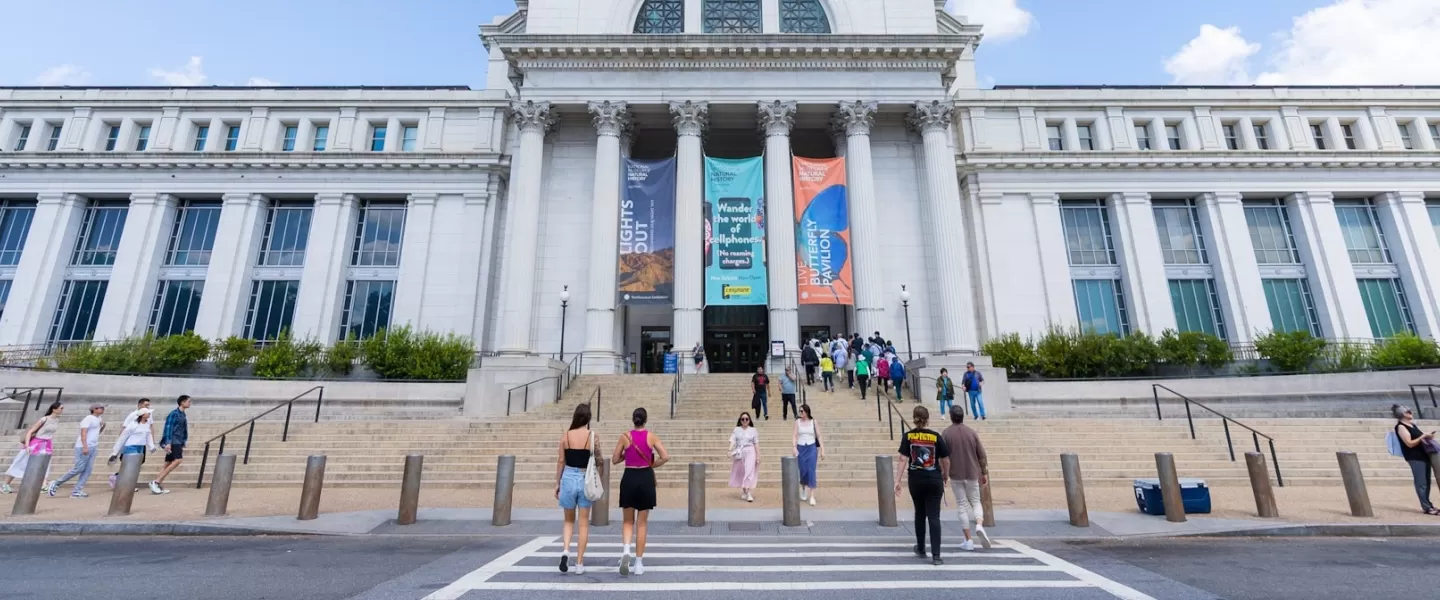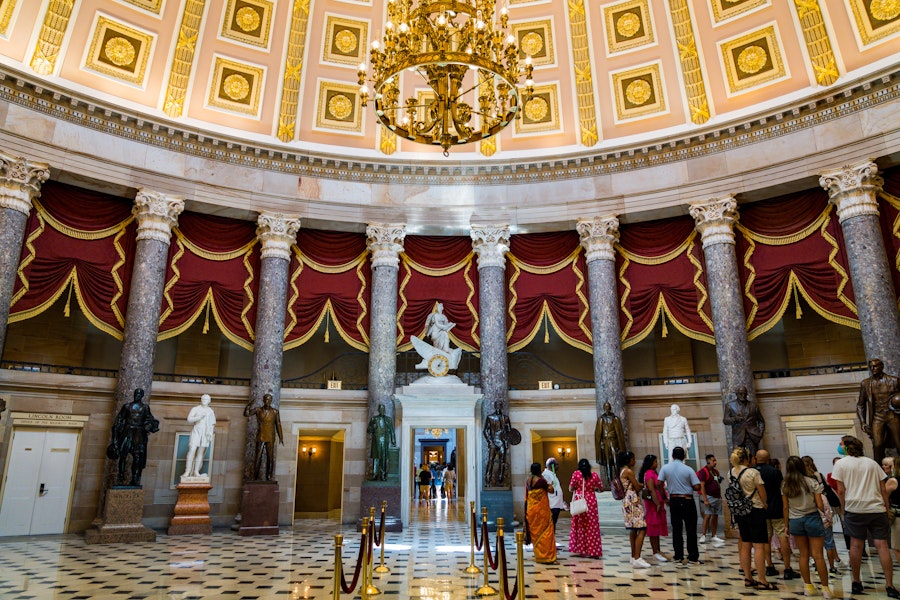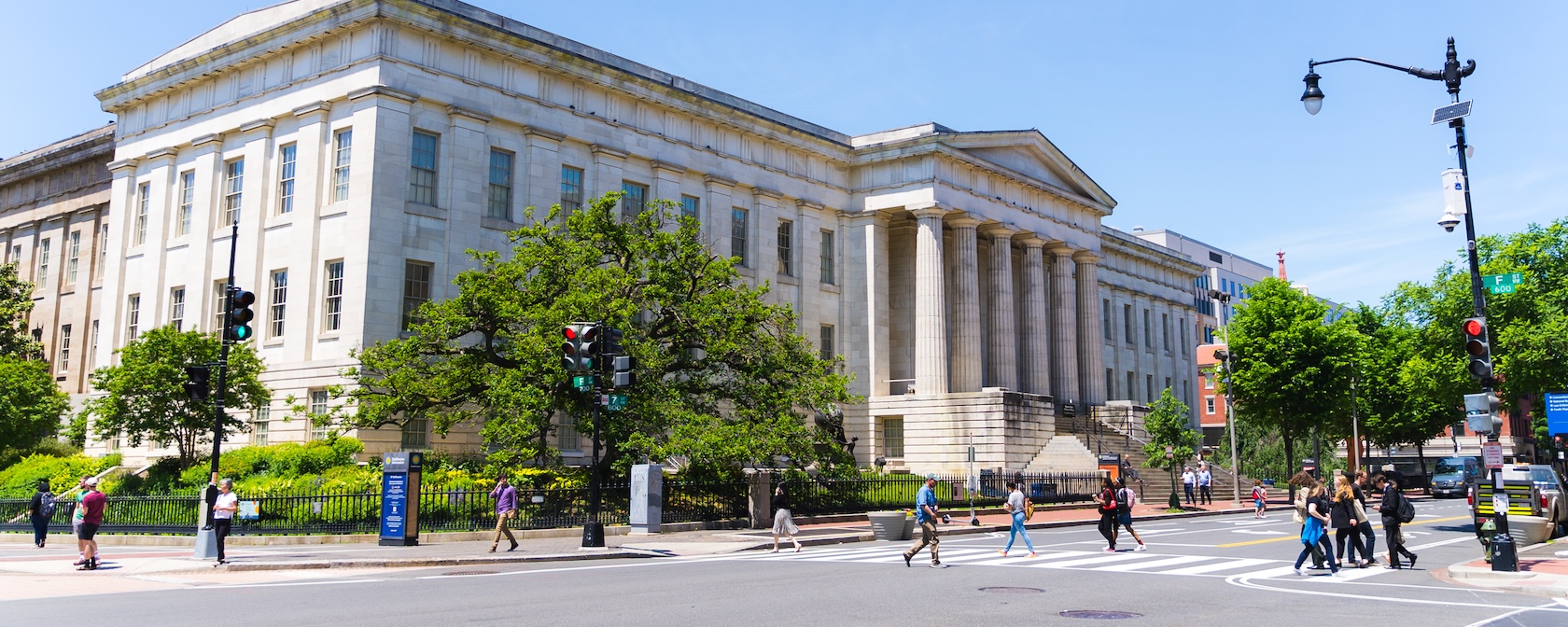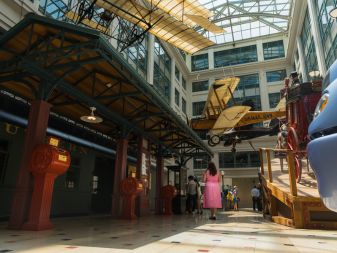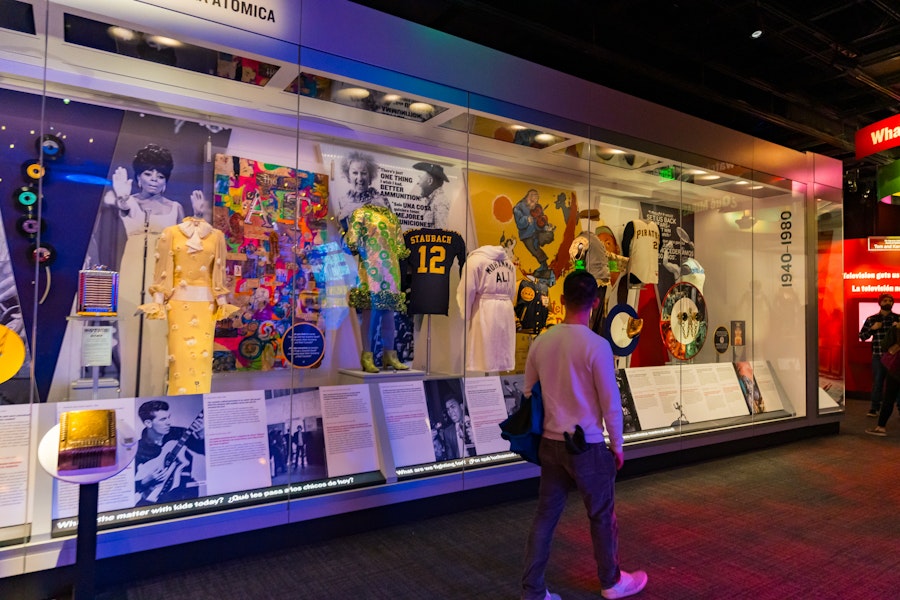
American history comes alive in more than 25 Smithsonian exhibitions on view through 2026.
With 17 distinct museums and hundreds of exhibits, there is always something new to see at the Smithsonian. Use this list as a starting point and stay tuned for the first unveilings of exhibitions curated specifically for America’s 250th birthday this Fall 2025.
Mark your calendar with even more events and happenings in honor of the big 2-5-0.

National Museum of American History
Open daily from 10 a.m. – 5:30 p.m.
Nearly everything in this museum is relevant to the milestone anniversary. A few especially pertinent exhibitions include:
The Star-Spangled Banner
The original, 200+ year old flag that inspired Francis Scott Key to write the song that would become our national anthem.
Second floor, center
American Democracy: A Great Leap of Faith
Explores the history of citizen participation, debate and compromise from the nation’s formation to today with objects such as Thomas Jefferson’s portable desk that he used to draft the Declaration of Independence and the table on which Elizabeth Cady Stanton wrote the Declaration of Sentiments.
Second floor, west wing
Many Voices, One Nation
Explores a chronological and thematic journey that maps the cultural geography of the unique and complex stories that animate the Latin emblem on the country’s Great Seal – Out of many one – with objects such as Norwegian bowls brought by 19th-century immigrants, a gold miner’s trunk and a baseball helmet used by Boston Red Sox player Carl Yastrzemski in the ‘70s.
Second floor, west wing
The First Ladies
Features more than two dozen gowns from the Smithsonian’s almost 100-year-old First Ladies Collection including dresses worn by Frances Cleveland, Lou Hoover and Jacqueline Kennedy Onassis.
Third floor, center
The Price of Freedom: Americans at War
Surveys the history of America’s military from the French and Indian Wars to the present day with objects such as George Washington’s sword and scabbard; the chairs Civil War generals Robert E. Lee and Ulysses S. Grant used during the surrender ceremony at Appomattox Court House, Virginia; and Gen. Colin Powell’s uniform from Operation Desert Storm.
Third floor, east wing
The American Presidency: A Glorious Burden
Explores the personal, public, ceremonial and executive actions of those individuals who have occupied the United States' highest office with objects such as Abraham Lincoln's Top Hat and the microphone used by Franklin D. Roosevelt for his fireside chat radio broadcasts.
Third floor, center
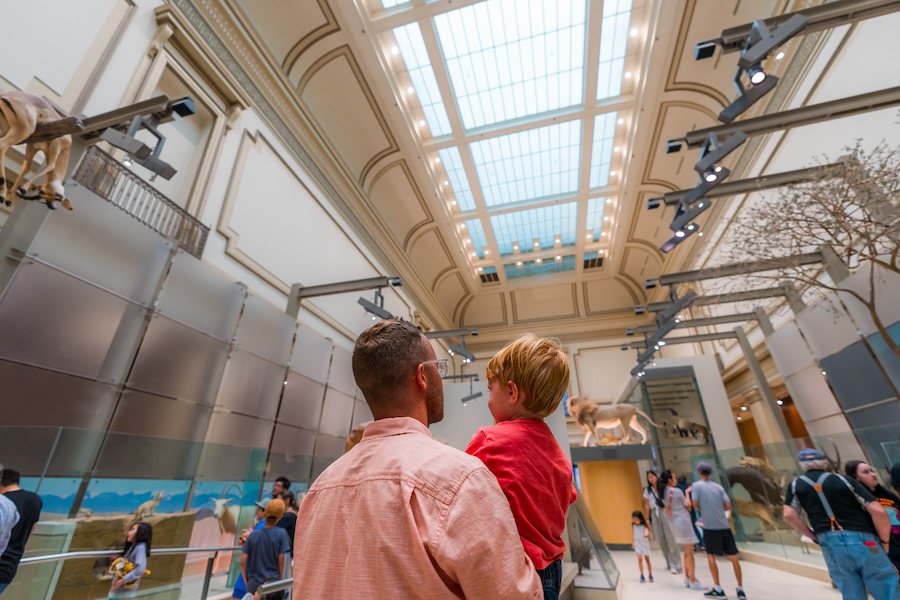
National Museum of Natural History
Open daily from 10 a.m. – 5:30 p.m.
Mammal Hall
This exhibition highlights 274 mammals in various habitats, including North America – featuring iconic American animals like the American Black Bear and the red wolf.
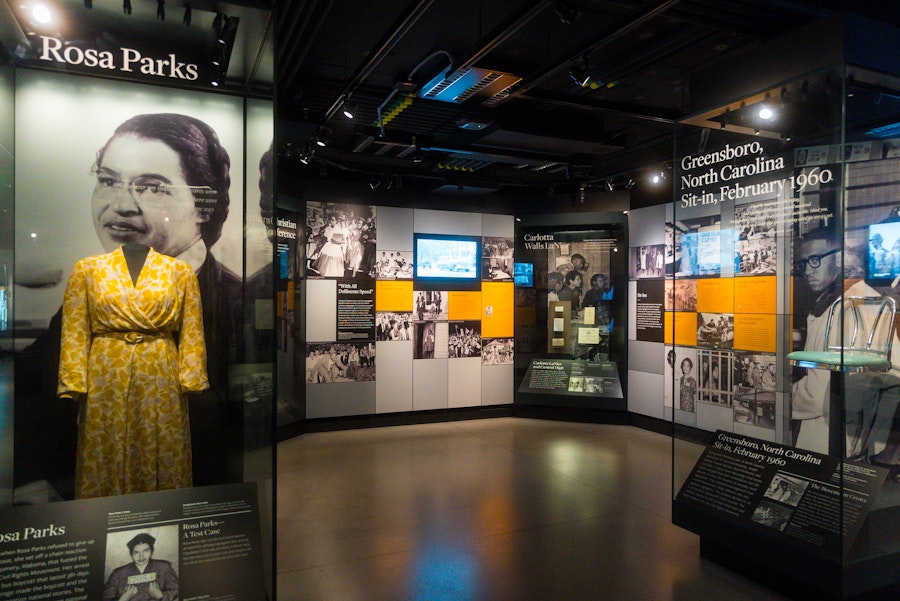
National Museum of African American History and Culture
Open Monday from 12 p.m. – 5:30 p.m. and Tuesday – Sunday from 10 a.m. – 5:30 p.m.
Timed entry passes required due to high visitation.
Nearly everything in this museum is relevant but a few especially pertinent exhibitions include:
Slavery and Freedom
Explores the complex story of slavery and freedom, from 15th-century Africa and Europe up through the founding of the United States and concludes with the nation’s transformation during the Civil War and Reconstruction.
Concourse 3, history galleries
A Changing America
Explores contemporary Black life through stories about the social, economic, political and cultural experiences of African Americans from 1968 to the present.
Concourse 1, history galleries
Double Victory
Highlights the African American military experience from the American Revolution to the War on Terror.
Third floor
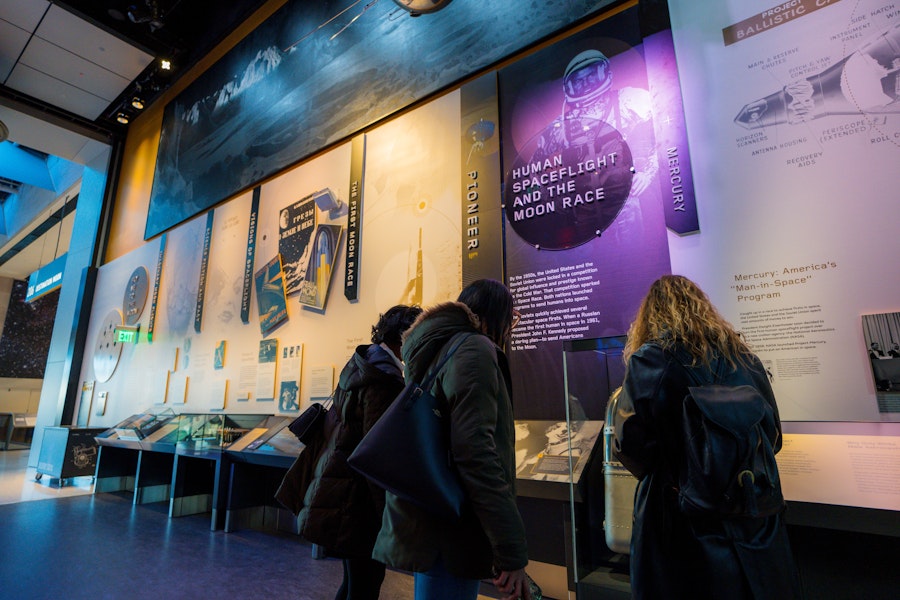
National Air and Space Museum – National Mall
Open daily from 10 a.m. – 5:30 p.m.
Timed entry passes required due to high visitation.
Destination Moon
Shows how an extraordinary combination of motivations, resources and technologies made it possible for humans to walk on the Moon and how and why we are going back today. Features objects like Neil Armstrong's Apollo 11 spacesuit and command module Columbia, Alan Shepard's Mercury spacesuit and spacecraft and a Saturn V F-1 engine.
Second floor
The Wright Brothers & The Invention of the Aerial Age
Explores who Wilbur and Orville Wright were, what they achieved and how the world first reacted to their revolutionary invention of flight. Features objects like the original 1903 Wright flyer and many of the technical tools they used to build their inventions including their stopwatch and telegraph key.
First floor
America by Air
Traces the history of commercial aviation in the United States from airmail to airlines with objects like the Boeing 247, the world’s first modern airliner.
First floor
National Air and Space Museum – Steven F. Udvar-Hazy Center (near Dulles airport)
Open daily from 10 a.m. – 5:30 p.m.
No timed passes required; $15 parking fee. This museum is a large hangar with planes, shuttles and jets.
Notable objects include:
Space Shuttle Discovery
The oldest and most used orbiter when it retired from spaceflight in 2011; it came to the Smithsonian in 2012 as intact as possible from its last flight.
Manned Maneuvering Unit
Worn by astronaut Bruce McCandless, who made the first untethered spacewalk in 1984.
Boeing B-29 Superfortress Enola Gay
The most sophisticated propeller-driven bomber of World War II; the first bomber to house its crew in pressurized compartments and the first to drop an atomic weapon used in combat.
Lockheed SR-71 Blackbird
The world's fastest jet-propelled aircraft. On its last flight it set a speed record of 1 hour, 4 minutes and 20 seconds by flying from Los Angeles to Washington, DC.
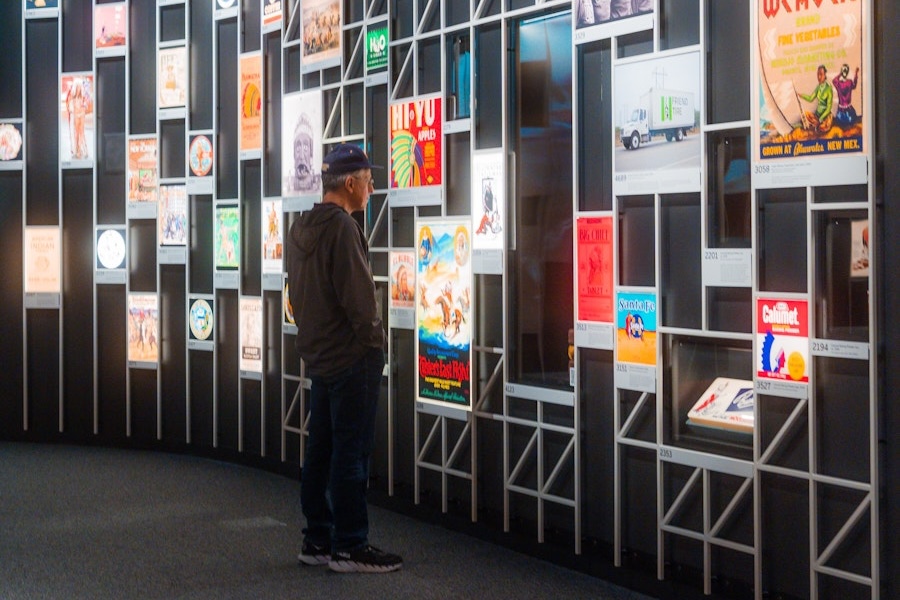
National Museum of the American Indian
Open daily from 10 a.m. – 5:30 p.m.
Nearly everything in this museum is relevant but a few especially pertinent exhibitions include:
Nation to Nation: Treaties Between the United States and American Indian Nations
Highlights the story of relations between Indian Nations and the United States. Various treaties are often on view on loan from the National Archives such as the Muscogee Treaty of 1790 that was signed by President George Washington, Secretary of State Thomas Jefferson and Secretary of War Henry Knox.
Americans
Highlights the ways in which American Indians have been part of the nation’s identity since before the country began, featuring iconic indigenous imagery on famous brands like the Land O’Lakes butter maiden, the Cleveland Indians’ mascot and how famous historical moments such as Pocahontas’ life remain popular reference points even today.
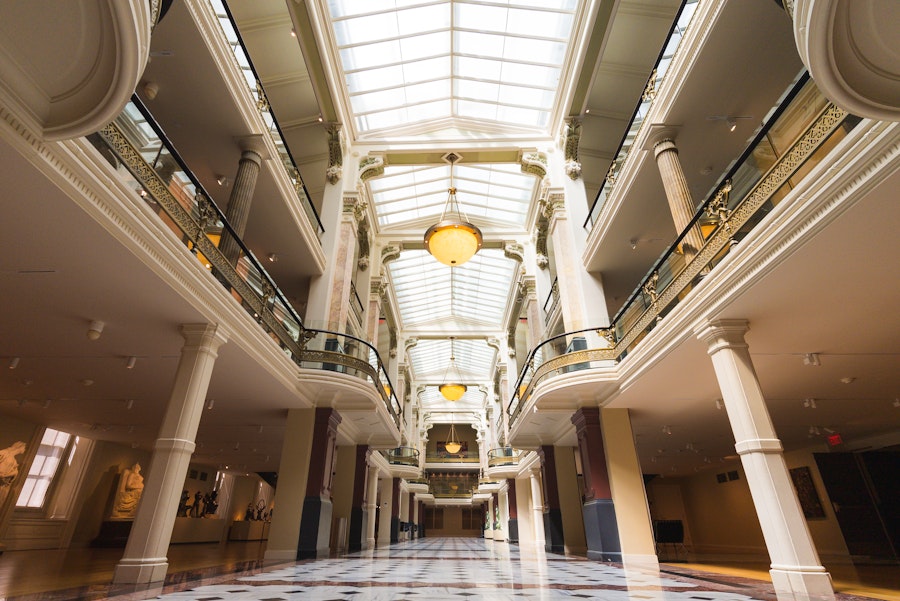
National Portrait Gallery
Open daily from 11:30 a.m. – 7 p.m.
America’s Presidents
The nation’s only complete collection of presidential portraits outside the White House.
Second floor
The National Portrait Gallery and the Smithsonian American Art Museum share a building.
Smithsonian American Art Museum
Open daily from 11:30 a.m. – 7 p.m.
Galleries for Folk and Self-Taught Art
Represents the powerful vision of America’s untrained and vernacular artists.
First floor
The National Portrait Gallery and the Smithsonian American Art Museum share a building.
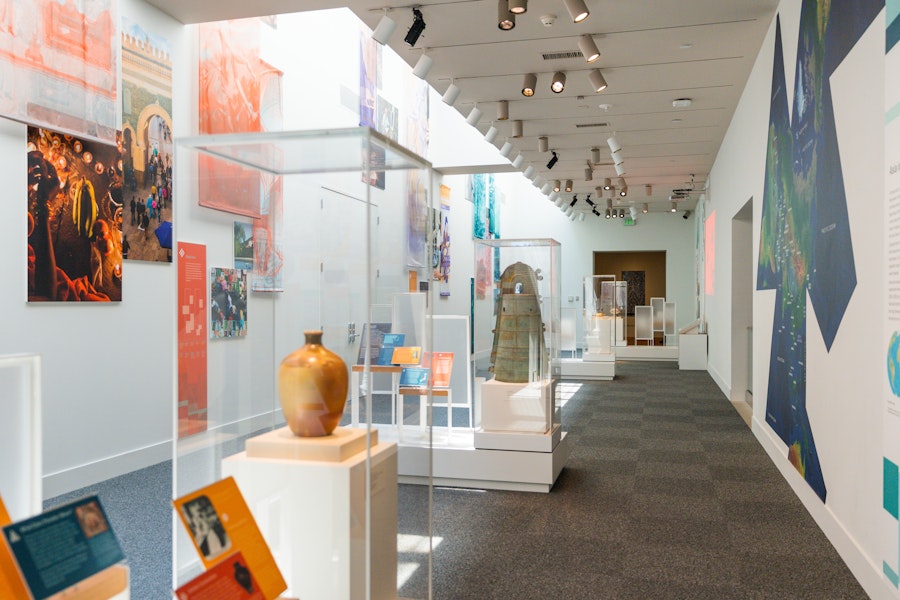
National Museum of Asian Art
Open daily from 10 a.m. – 5:30 p.m.
Shifting Boundaries: Perspectives on American Landscapes
Explores paintings by American artists such as Willard Metcalf and Winslow Homer in a new light by engaging a multiplicity of voices and viewpoints to examine what these paintings reveal about the changes to the New England landscape.
Gallery 10
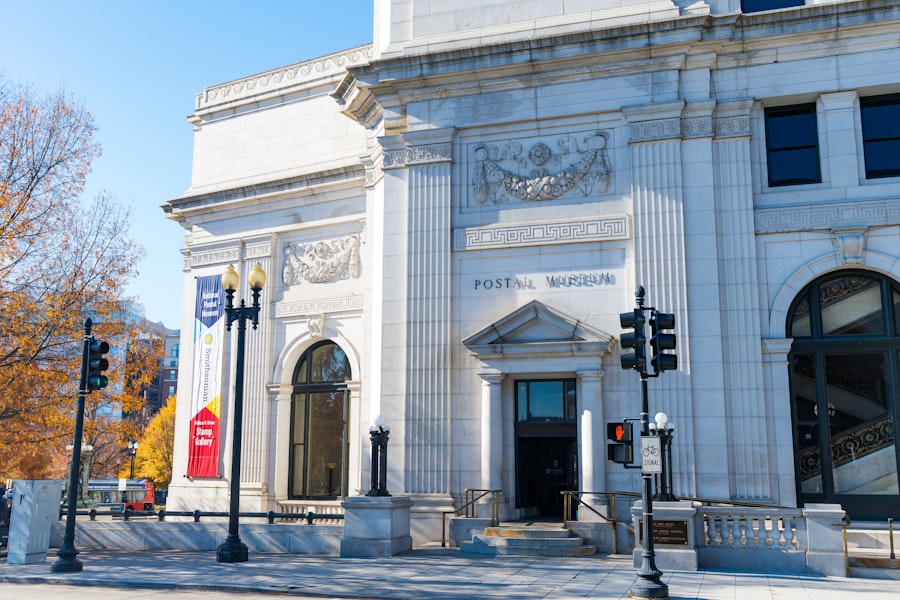
National Postal Museum
Open daily from 10 a.m. – 5:30 p.m.
William H. Gross Stamp Gallery
World’s largest gallery dedicated to philately, featuring 13 of the most rare and valued U.S. stamps such as the 1918 Inverted Jenny.
Moving the Mail
Highlights the journey of transportation through the mail system including planes, trains, carriages and cars.

Smithsonian National Zoo
Open daily from 8 a.m. – 6 p.m. (last entry 5 p.m.)
Timed entry passes required due to high visitation.
American Trails
Features American animals like the seal, sea lion, otter, wolf and eagle. While you're there, be sure to check out the Asia Trail where Giant pandas Bao Li and Qing Bao made their public debut in early 2025.
Park map

